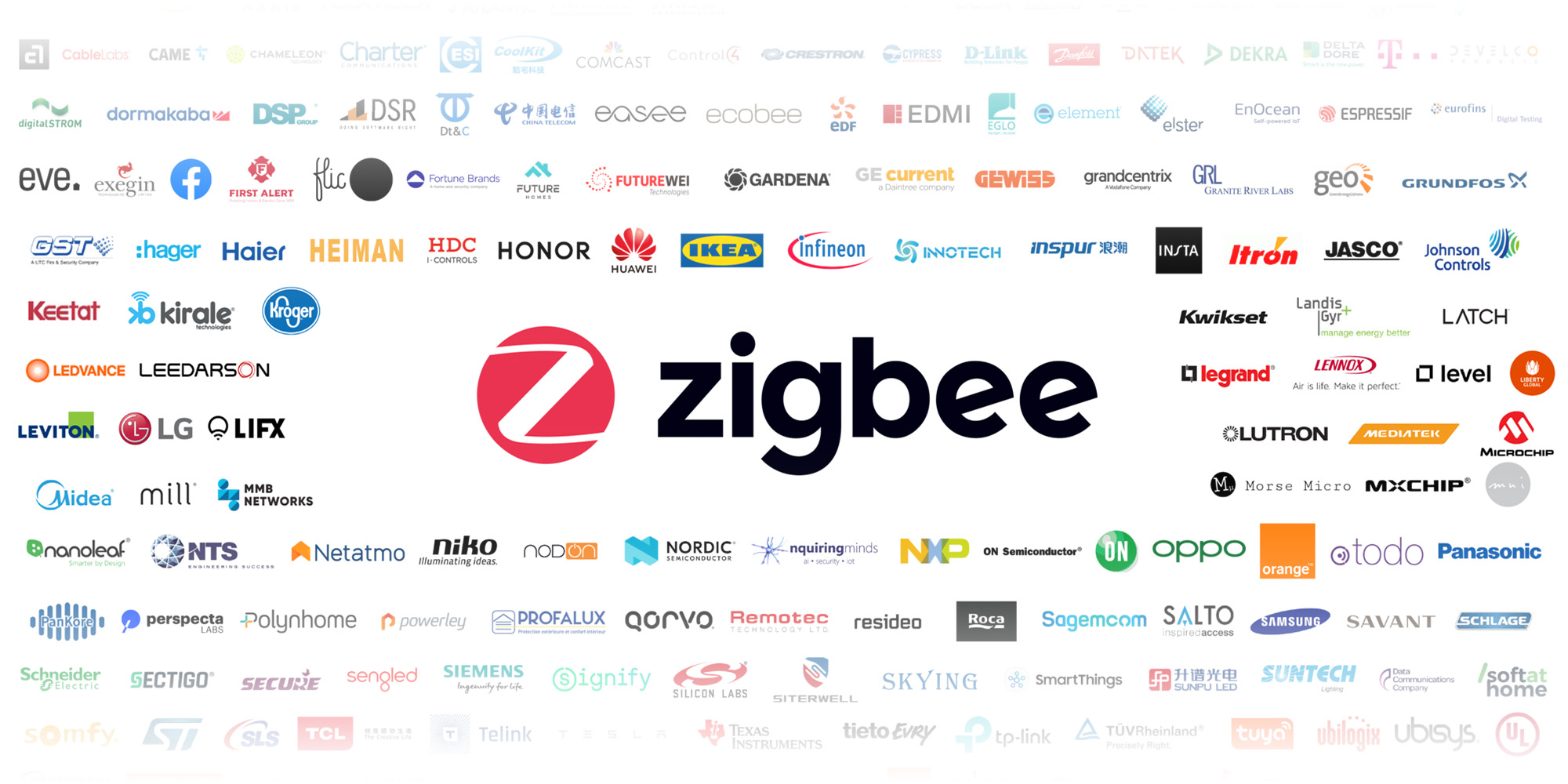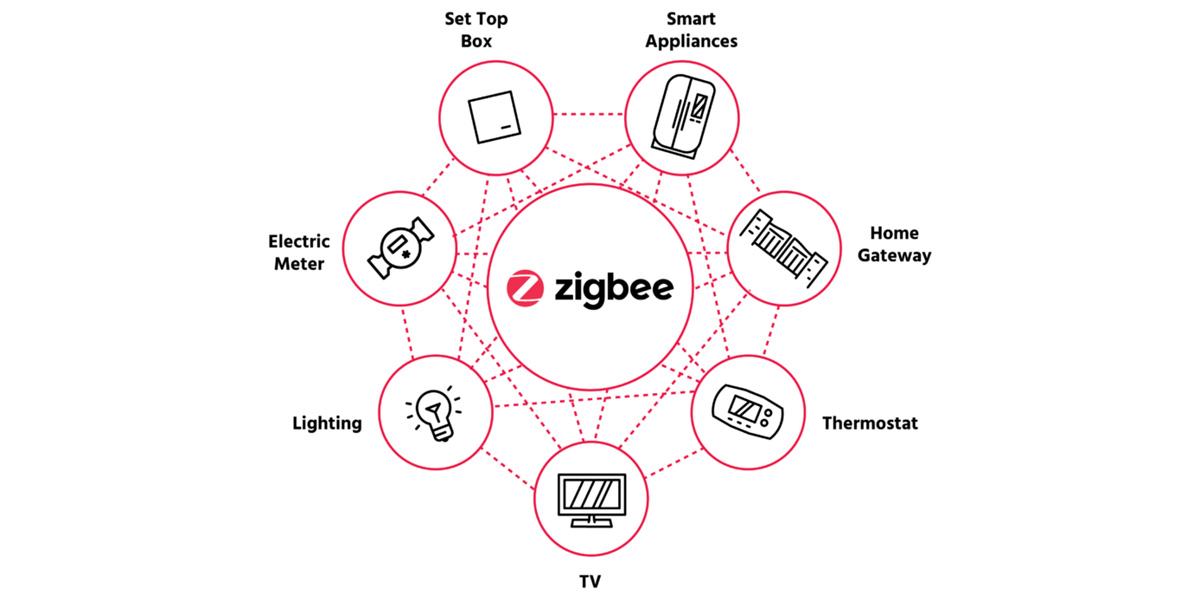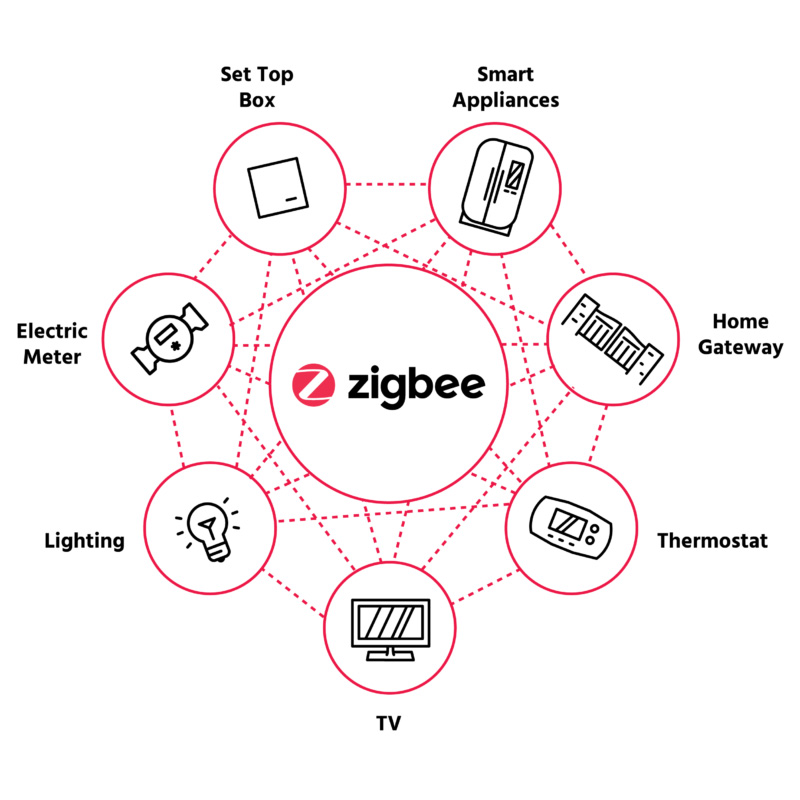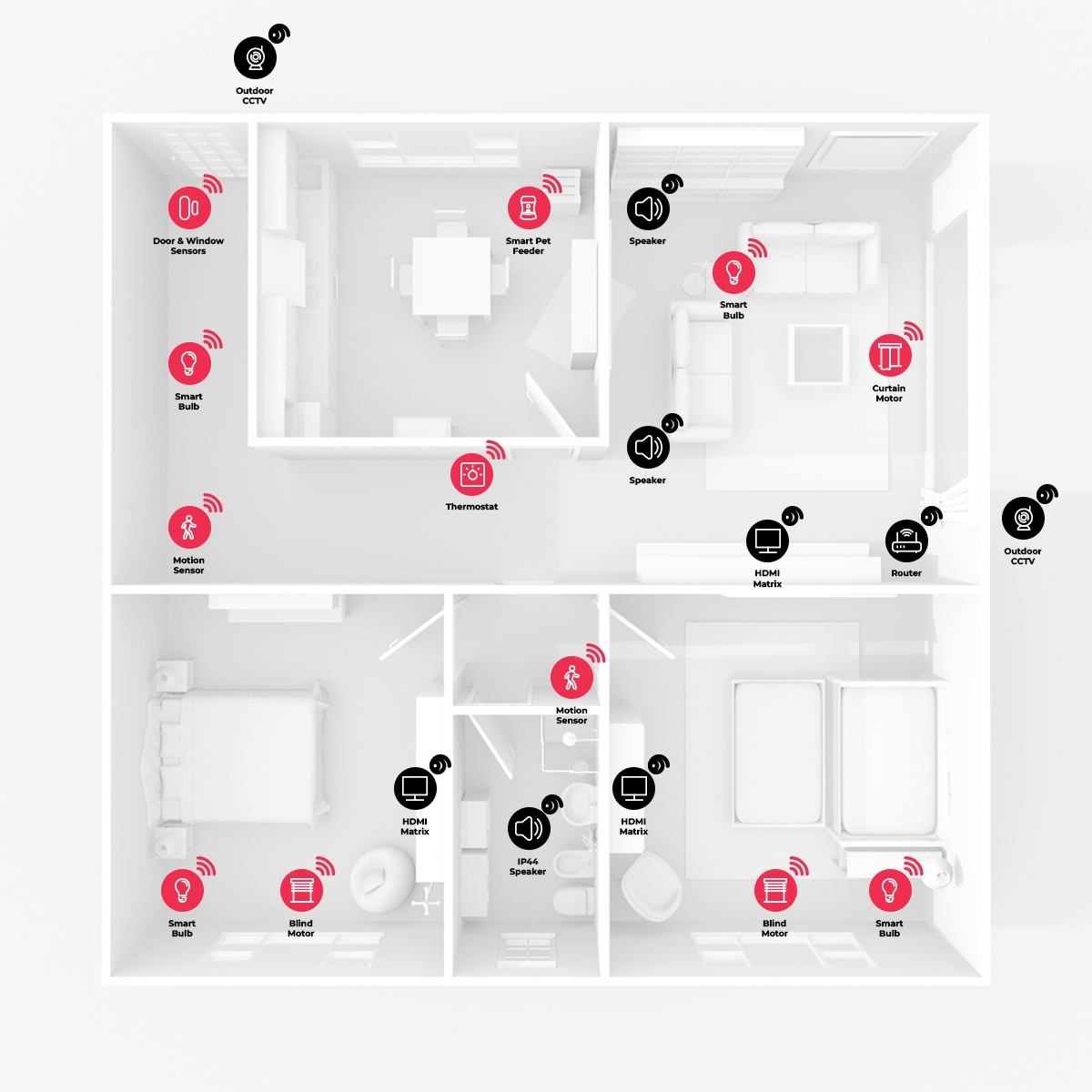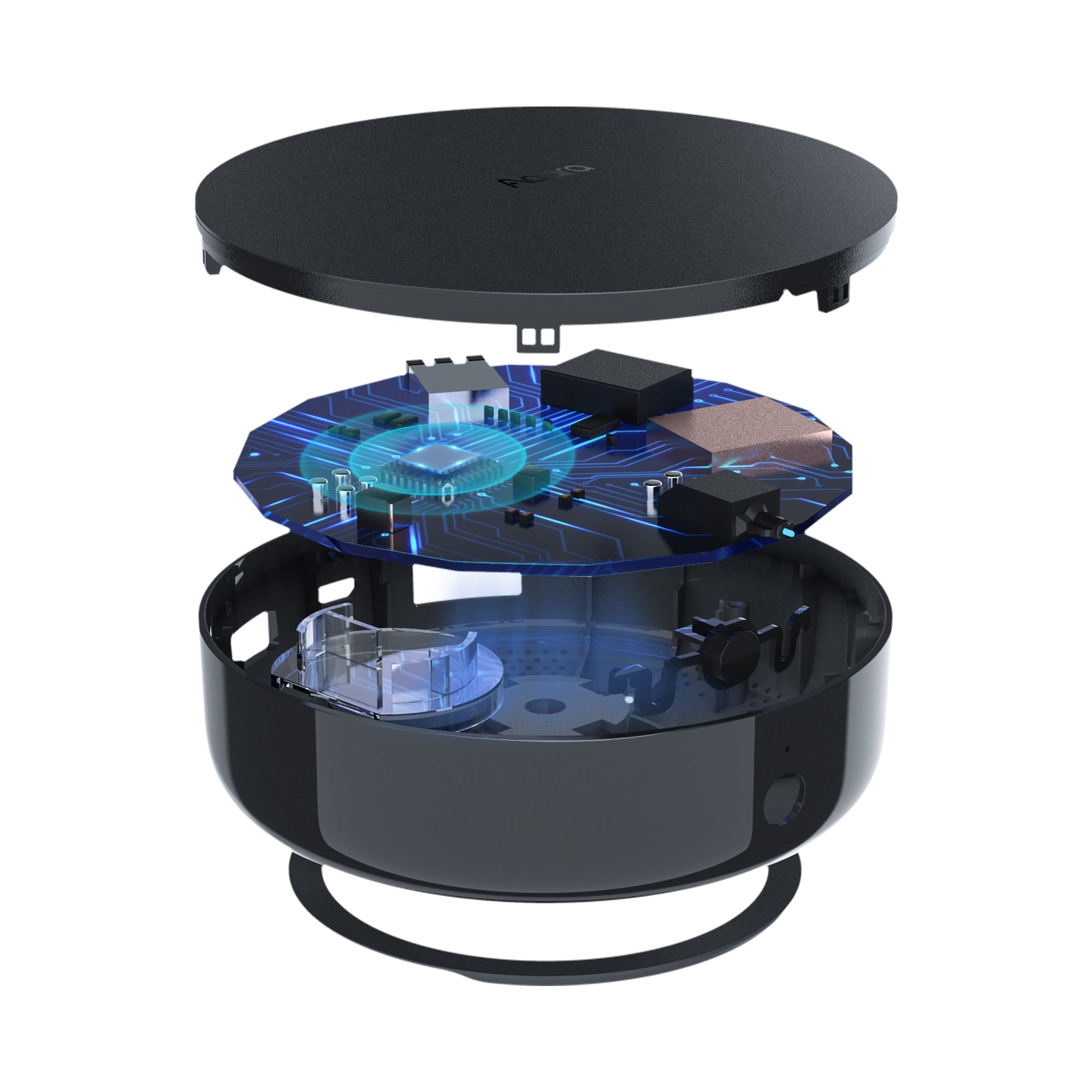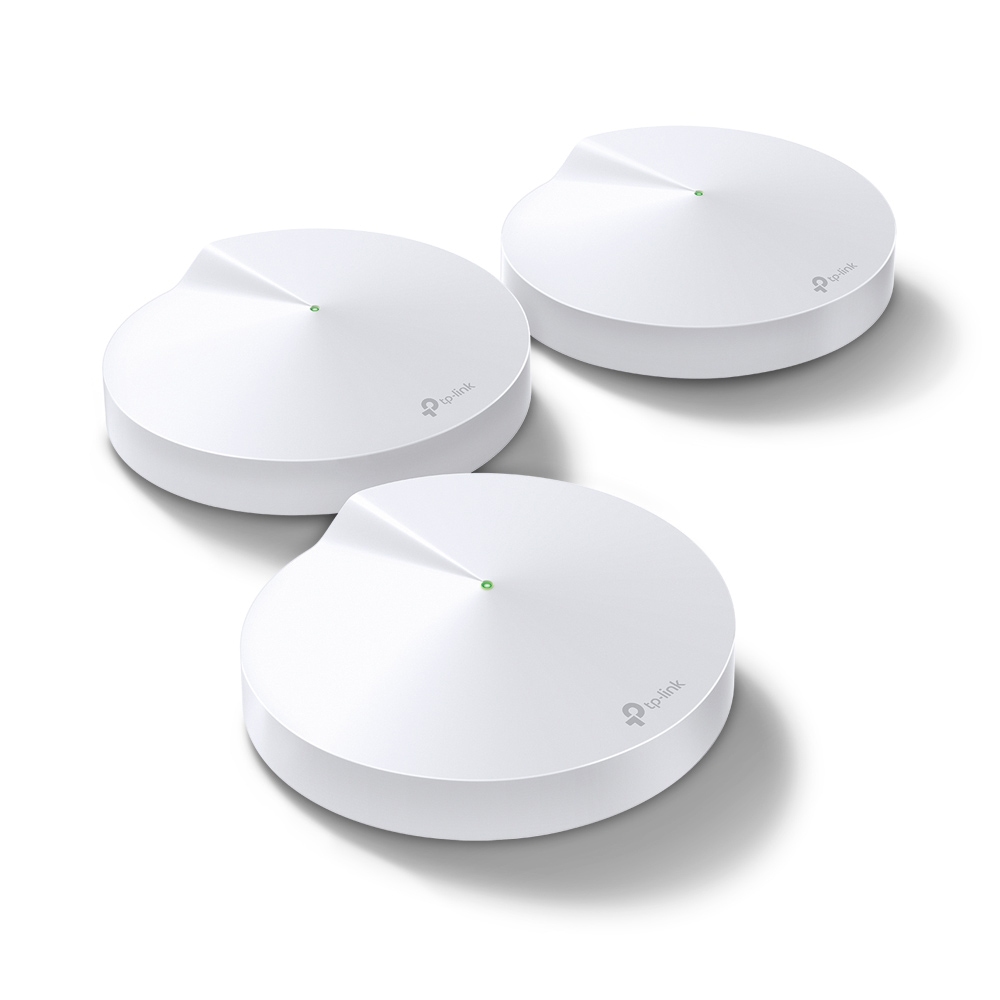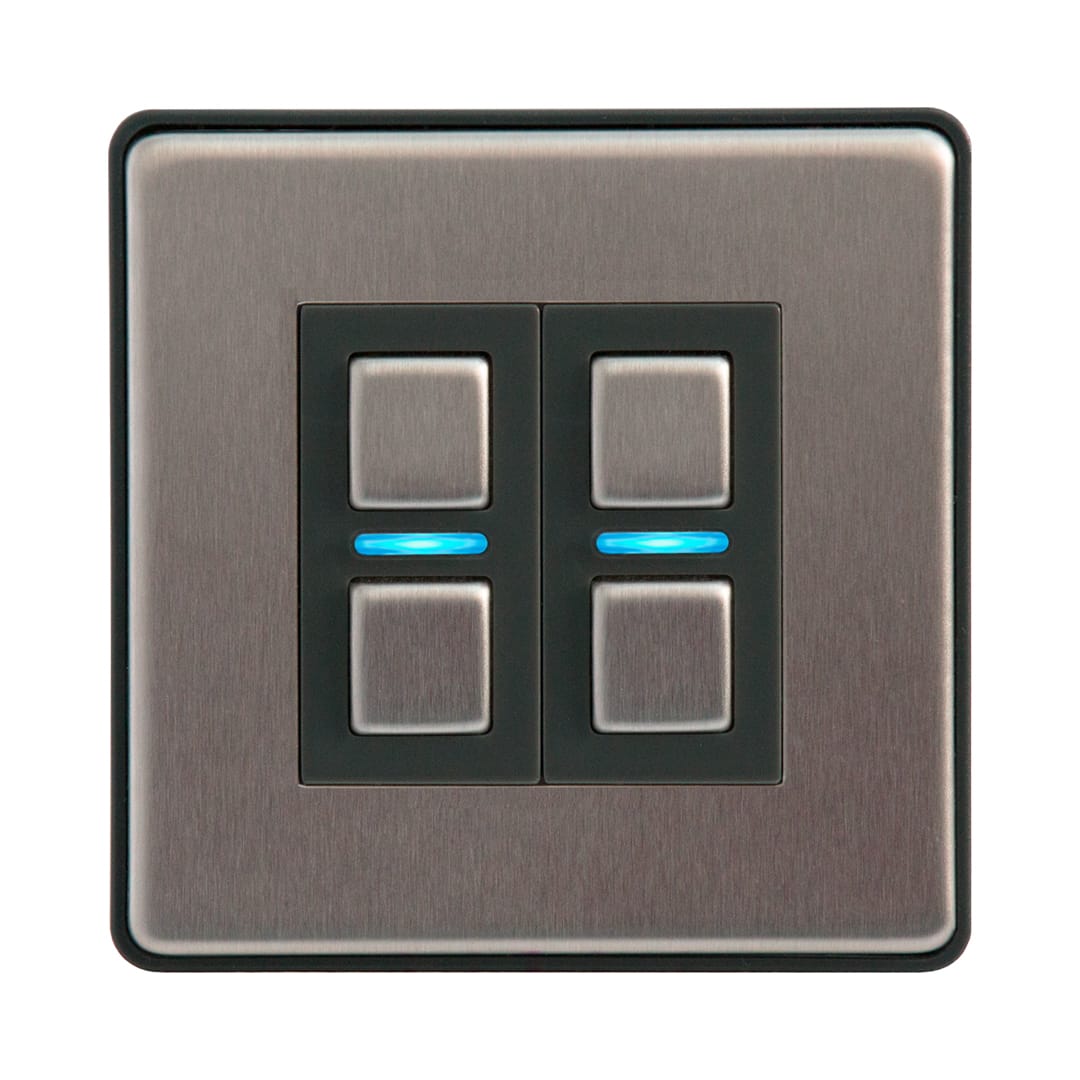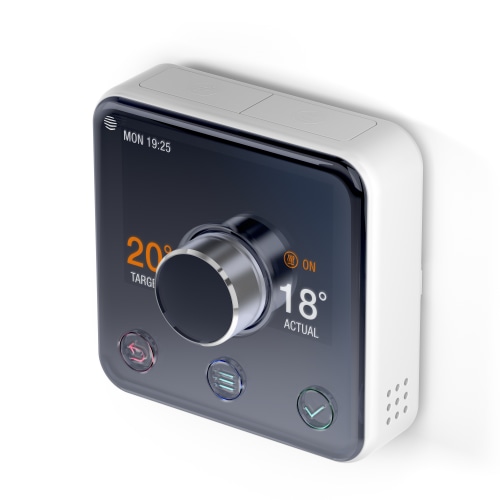Smart & Secure News
Wired vs Wireless Zigbee Smart Homes: Which One Should You Choose?
Smart homes are becoming more popular and affordable than ever, thanks to the advancement of technology and the availability of various smart devices. However, not all smart devices are compatible with each other, and you may need to consider different wireless standards and protocols such as Zigbee & Matter to make your smart home work seamlessly.
Zigbee is one of the most common wireless standards for smart home devices. It operates on a low-power, mesh network, enabling devices to communicate with each other without relying on direct connections to a central hub or router. Zigbee devices can also work with different manufacturers and brands, as long as they follow the same standard. Some examples may be: Alexa, Google Assistant, Apple HomeKit & Matter.
However, what if you prefer a wired smart home system, where devices are connected using physical cables like Ethernet or coaxial cables? Are there any advantages or disadvantages to choosing a wired system over a wireless Zigbee system?
In this blog post, we will compare wired and wireless Zigbee smart homes in terms of connectivity, installation, security, cost, and functionality. We will also give you some examples of the best Zigbee devices for your smart home. By the end of this post, you should have a better idea of which smart home system suits your needs and preferences.
Connectivity
One of the main differences between wired and wireless Zigbee smart homes is how they connect devices with each other. Wired systems use physical cables to transmit data and signals between devices, while wireless Zigbee systems use radio waves to form a mesh network.
The advantage of wired systems is that they offer more stable and reliable connections, as they are less prone to interference or signal loss. Wired systems also have higher bandwidth and data transfer rates, which can be useful for streaming high-quality video or audio.
One disadvantage of wired systems is their need for additional equipment and infrastructure, such as routers, switches, cables, and outlets. Moreover, wired systems offer limited flexibility and scalability since installing new devices or expanding the network requires running cables through walls, floors, and ceilings.
The advantage of wireless Zigbee systems is that they are more convenient and cost-effective, as they do not require any cables or outlets. Wireless Zigbee systems also have more flexibility and scalability, as you can easily add or remove new devices from the network without affecting the rest of the system. You can also add newly released products into your system with very little change.
The disadvantage of wireless Zigbee systems is that they may suffer from interference or signal loss due to physical obstacles or other wireless networks. Wireless Zigbee systems also have lower bandwidth and data transfer rates than wired systems, which may affect the performance of some devices.
Installation
Another difference between wired and wireless Zigbee smart homes is how easy or difficult it is to install them. Wired systems typically require more time and effort than wireless Zigbee systems, as they involve running cables through walls, floors, and ceilings. You may also need to hire a professional electrician or installer to do the job properly.
Wireless Zigbee systems are usually easier to install than wired systems, as they only require batteries or power outlets for the devices. You can also place the devices almost anywhere within range of the network without worrying about cables or wires. Most wireless Zigbee devices are plug-and-play, meaning that they can automatically connect to the network once you turn them on. This works much better for houses that already have a wired infrastructure that has been finalized.
Security
Security is another crucial factor to consider when choosing between wired and wireless Zigbee smart homes. Generally, wired systems are more secure than wireless Zigbee systems due to their reduced vulnerability to hacking or eavesdropping. Wired systems also have more control over who can access the network or the devices.
Wireless Zigbee systems are not as secure as wired systems, as they can be hacked or eavesdropped by anyone who has access to the radio frequency or the encryption key. Wireless Zigbee systems also have less control over who can access the network or the devices, as anyone who has a compatible device can join the network. Although this is not easy to do and you would require being highly skilled. Wireless Zigbee systems are not completely insecure either. Wireless Zigbee systems use encryption and authentication protocols to protect the data and signals from unauthorized access. Wireless Zigbee systems also use frequency hopping to avoid interference or jamming from other wireless networks.
Cost
Cost is another distinguishing factor between wired and wireless Zigbee smart homes. Wired systems tend to be more expensive than wireless Zigbee systems due to their need for additional equipment, infrastructure, and installation time. Moreover, wired systems generally have higher installation and maintenance costs, often requiring specialized engineers for diagnosis and repairs in case of failures.
Wireless Zigbee systems are usually cheaper than wired systems, as they require less equipment and infrastructure. Wireless Zigbee systems also have lower installation and maintenance costs than wired systems. In the event of a failure, this usually can be fixed by a dedicated technical support team by phone or DIY with competent knowledge of the devices installed.
However, cost is not the only factor to consider when choosing between wired and wireless Zigbee smart homes. You should also consider the functionality and performance of the devices, as well as your personal preferences and needs.
Functionality
Functionality is another difference between wired and wireless Zigbee smart homes. Wired systems and wireless Zigbee systems can both offer a wide range of functionality and performance for your smart home devices, such as lighting, heating, security, entertainment, and more.
However, some devices may work better with wired systems than wireless Zigbee systems, or vice versa. For example, devices that require high bandwidth or data transfer rates, such as cameras or speakers, may work better with wired systems than wireless Zigbee systems. On the other hand, devices that require low power or battery life, such as sensors or switches, may work better with wireless Zigbee systems than wired systems.
Additionally, consider the compatibility and interoperability of the devices, as not all devices are compatible with both wired systems and wireless Zigbee systems. Some devices may only work with specific brands or manufacturers, while others may be more versatile and work with any device that adheres to the same standard.
Examples of Zigbee Devices
To give you some inspiration, here are some examples of the best Zigbee devices for your smart home:
- Zigbee Smart Hub: If you want to connect multiple devices into your smart home system, the Aqara M2 Smart Home Hub is an example of what you need. The smart hub acts as a central connection for all automations within your smart home. The smart hub connects with the Aqara app (iOS/Android) and allows you to connect to other devices from Apple iPhones and iPads, Android phones and tablets, as well as Alexa and Google Assistant voice controllers. This also provides you with the option to use the Apple Home app instead of the Aqara App.
- Zigbee Voice Assistant: If you want the best Zigbee-friendly smart home hub, the Echo 4th Gen is a good choice. What makes the smart hub stand out is its premium sound and deep bass that adapt to any room. The Alexa-compatible smart hub allows you to voice control your entertainment such as streaming apps whilst maintaining control of other household devices.
- Zigbee Mesh Wi-Fi: The TP Link M9 Plus Wi-Fi system allows you to effortlessly connect up to 100 devices with a Wi-Fi connection. The hub even comes with two extra extenders to ensure adequate coverage across your property. In fact, the system is designed to cover up to 4500 square feet of space with up to 500 Mbps Wi-Fi speed.
- Zigbee Light Switch: For lighting needs, you can use the Lightwave Smart dimmer switch for wiring infrastructure where neutrals are present at the switch points or Aqara H1 Switch comes to the rescue which can work with or without a neutral wire making it the perfect retrofit product.
- Zigbee Thermostat: If you want to seamlessly control the temperature of your heating and cooling system, the Hive Thermostat will do the job for you. The thermostat is compatible with most common boilers.
Conclusion
Wired and wireless Zigbee smart homes are both viable options for your smart home system. They both have their own advantages and disadvantages in terms of connectivity, installation, security, cost, and functionality. You should choose the one that best suits your needs and preferences.
However, you don’t have to limit yourself to one or the other. You can also use a combination of wired and wireless Zigbee devices for different purposes and scenarios. For example, you can use wired devices for security, and wireless Zigbee devices for affordability, convenience and flexibility.
The paramount consideration is ensuring that your devices are compatible and interoperable, regardless of whether they are wired or wireless Zigbee. Additionally, using a reliable and powerful smart hub is essential to connect and control your devices seamlessly from a centralized location.
We hope this blog post has helped you understand the differences between wired and wireless Zigbee smart homes. If you have any questions, feel free to contact us. We would love to hear from you!
